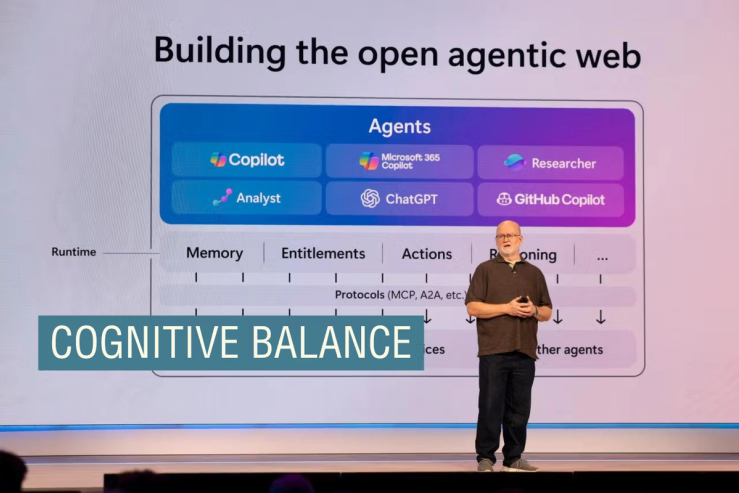The News
Conquering agentic memory has proven difficult, and AI companies are all pedaling in their own lanes to reach the finish line first.
It’s a tricky balancing act of giving their agents enough memory to complete tasks efficiently but not so much that they fall into old patterns. Developers largely agree it should look similar to human memory — short- and long-term recollection, broad context, precision when it matters, the ability to prioritize certain experiences and “forget” irrelevant ones.
Last week at Microsoft’s developer conference, Chief Technology Officer Kevin Scott said the solutions for AI memory problems should mimic the systems humans have created to train our own brains. The company launched “structured RAG,” what Scott called a “biologically inspired technique” that organizes data into formats to improve recall and reasoning over large data sets.
Know More
Amazon and Google have their own structured RAG-like offerings, but each are doing it through the lens of their core business. Amazon is selling storage in Bedrock, and Google is promoting its short-term memory search agent.
“AWS has the feature set but doesn’t get into it very deep,” said Jason Andersen, Moor Insights & Strategy analyst. “Feature/function-wise, Microsoft might have an edge, but performance and capability-wise, the edge might fall to Google in a head-to-head test.”
IDC’s Ritu Jyoti said it’s Anthropic and OpenAI leading the pack on memory capabilities. Anthropic’s MCP that connects agents, contextual RAG, and ability for agents to manage their own memory make usage simple and reliable. OpenAI’s strength comes from the control it gives developers, including to view, edit, and delete memory, she said.
Google, OpenAI, and Anthropic are all marketing large context windows as part of the solution, but Scott said they don’t mimic natural human processes. “You don’t brute force everything in your head every time you need to solve a particular problem,” he told reporters and analysts last week. His stance is another example of how human qualities are increasingly sought after over artificial ones to build next-generation technologies.


